Filter by
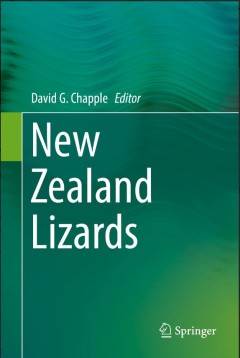
New Zealand Lizards
This edited volume is a timely and comprehensive summary of the New Zealand lizard fauna. Nestled in the south-west Pacific, New Zealand is a large archipelago that displays the faunal signatures of both its Gondwanan origins, and more recent oceanic island influences. New Zealand was one of the last countries on Earth to be discovered, and likewise, the full extent of the faunal diversity pres…
- Edition
- 1
- ISBN/ISSN
- 978-3-319-41672-4
- Collation
- XVI, 375
- Series Title
- -
- Call Number
- -

Vertebrates and Invertebrates of European Cities:Selected Non-Avian Fauna
Vertebrates and Invertebrates of European Cities: Selected Non-Avian Fauna is the first known account of the vertebrate and invertebrate fauna of several cities in Europe and throughout the rest of the world. It excludes birds, which are described in a companion volume. The book contains eleven chapters about nine cities distributed throughout Europe. The chapters start with the history of the …
- Edition
- -
- ISBN/ISSN
- 978-1-4939-1698-6
- Collation
- XX, 700
- Series Title
- -
- Call Number
- -
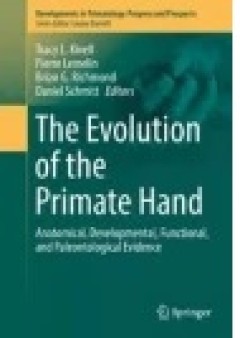
The Evolution of the Primate Hand
This book demonstrates how the primate hand combines both primitive and novel morphology, both general function with specialization, and both a remarkable degree of diversity within some clades and yet general similarity across many others. Across the chapters, different authors have addressed a variety of specific questions and provided their perspectives, but all explore the main themes descr…
- Edition
- -
- ISBN/ISSN
- 978-1-4939-3646-5
- Collation
- XI, 589
- Series Title
- Developments in Primatology: Progress and Prospects
- Call Number
- -
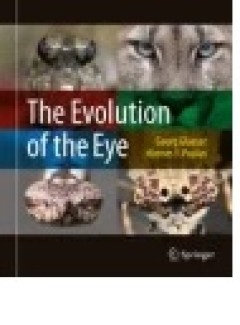
The Evolution of the Eye
With fascinating, spectacularly beautiful images, the book piques readers’ curiosity about the diversity of visual organs. This book is the result of a dual approach – scientific as well as aesthetic. The compelling images are accompanied by an easy-to-read, understandable text, aimed at both scientists and the educated public, and generally anyone interested in the beauty of nature. Thanks…
- Edition
- -
- ISBN/ISSN
- 978-3-319-17476-1
- Collation
- XVI, 214
- Series Title
- -
- Call Number
- -
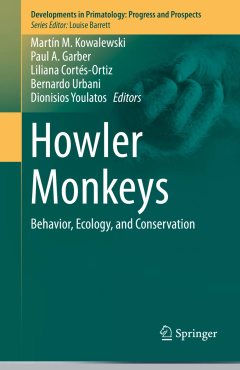
Howler Monkeys: Behavior, Ecology, and Conservation
Howler monkeys (genus Alouatta) comprise twelve species of leaf-eating New World monkeys that range from southern Mexico through northern Argentina. This genus is the most widespread of any New World primate taxa, and can be found to inhabit a range of forest types from undisturbed rainforest to severely anthropogenically impacted forest fragments. Although there have been many studies on indiv…
- Edition
- -
- ISBN/ISSN
- 978-1-4939-1959-8
- Collation
- XIX, 440
- Series Title
- -
- Call Number
- 540 HOW
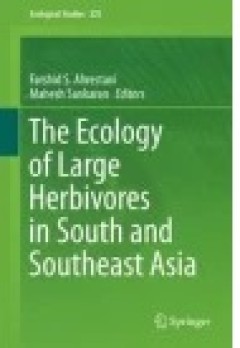
The Ecology of Large Herbivores in South and Southeast Asia
This volume presents, for the first time, a collection of studies on the ecology of the rich and diverse large herbivore assemblages of South and Southeast Asia. Prepared by experts on herbivores of the region, it covers a comprehensive range of topics, including their evolutionary history, behavioural, nutritional, and population ecology, patterns of diversity across environmental gradients, r…
- Edition
- -
- ISBN/ISSN
- 978-94-017-7570-0
- Collation
- VIII, 257
- Series Title
- Ecological Studies
- Call Number
- -

The Ecology of Animal Senses
The collection of chapters in this book present the concept of matched filters: response characteristics “matching” the characteristics of crucially important sensory inputs, which allows detection of vital sensory stimuli while sensory inputs not necessary for the survival of the animal tend to be filtered out, or sacrificed. The individual contributions discuss that the evolution of sensi…
- Edition
- -
- ISBN/ISSN
- 978-3-319-25492-0
- Collation
- X, 269
- Series Title
- -
- Call Number
- -

Extremophile Fishes Ecology, Evolution, and Physiology of Teleosts in Extrem…
This book summarizes the key adaptations enabling extremophile fishes to survive under harsh environmental conditions. It reviews the most recent research on acidic, Antarctic, cave, desert, hypersaline, hypoxic, temporary, and fast-flowing habitats, as well as naturally and anthropogenically toxic waters, while pointing out generalities that are evident across different study systems. Knowledg…
- Edition
- -
- ISBN/ISSN
- 978-3-319-13362-1
- Collation
- 14 b/w illustrations, 16 illustrations in colour
- Series Title
- -
- Call Number
- -
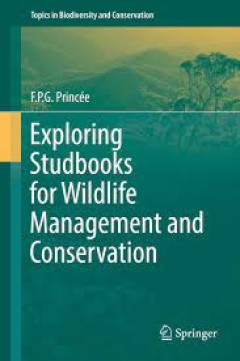
Exploring Studbooks for Wildlife Management and Conservation
Many endangered species of wild animals are managed in captivity through studbooks. In this book these data-rich resources are mined in innovative, integrated and statistically tested ways to maximise information gain for conservation practice – whether for captive or released/reintroduced or managed wild populations. This book is thus an important tool for all species managers, and for stude…
- Edition
- -
- ISBN/ISSN
- 978-3-319-50032-4
- Collation
- 79 b/w illustrations
- Series Title
- -
- Call Number
- -
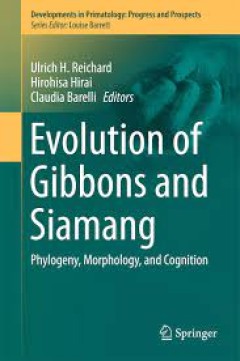
Evolution of Gibbons and Siamang Phylogeny, Morphology, and Cognition
This volume provides insight into gibbon diet and community ecology, the mating system and reproduction, and conservation biology, all topics which represent areas of substantial progress in understanding socio-ecological flexibility and conservation needs of the hylobatid family. This work analyzes hylobatid evolution by synthesizing recent and ongoing studies of molecular phylogeny, morpholog…
- Edition
- -
- ISBN/ISSN
- 978-1-4939-5614-2
- Collation
- 42 b/w illustrations, 18 illustrations in colour
- Series Title
- -
- Call Number
- -
 Computer Science, Information & General Works
Computer Science, Information & General Works  Philosophy & Psychology
Philosophy & Psychology  Religion
Religion  Social Sciences
Social Sciences  Language
Language  Pure Science
Pure Science  Applied Sciences
Applied Sciences  Art & Recreation
Art & Recreation  Literature
Literature  History & Geography
History & Geography